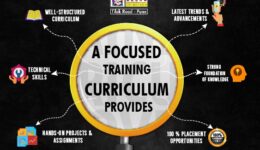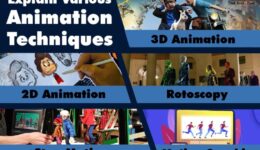Best Animation Courses After 12th | Career Guide
Pursuing animation courses after 12th grade enables you to begin […]

Pursuing animation courses after 12th grade enables you to begin […]

Animation and VFX are the two most popular industries for […]

The VFX and animation industry has gained too much popularity […]

In the era of technological advancement, animators and VFX designers […]

Texturing techniques are paramount when creating realistic 3D environments in […]

Lifelong learning is one of the significant keys to continuous […]

The traditional educational model, which continues to follow current pedagogical […]

Are you interested in pursuing a career in animation but […]

About a decade ago, animation was a creative hobby rather […]

Aren’t animations entertaining? A short animation film is significantly more […]